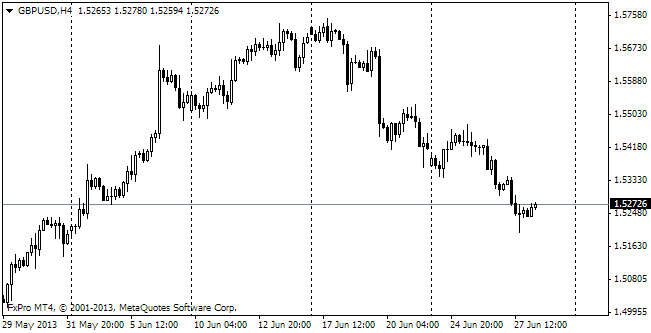EUR/usd
This week the EU is planning to discuss a new stage of sanctions against Russia regarding help the latter delivers to the Ukrainian separatists. Their success has been producing a negative effect on the situation in the markets lately and, as a result, has put pressure on the single currency. Another round of sanctions will hamper the economic potential of Europe even more. eurusd has reached 1.3112 this morning in view of the growing geopolitical risks. Also, the euro is affected by hints of Mario draghi, made a week ago in Jackson Hole. After his speech now the markets expect further measures to expand money supply in the region. Most likely, the poor inflation statistics in the region together with the considerable subsidence of business expectations the ECB will be forced to announce a new round of loans to banks at very attractive interest rates. And though the ECB's actions even in accord with the most daring expectations can hardly be called ‘money flood in the markets', these measures still produce their influence on the money markets. Here we need to add that now there is no threat of disintegration in Europe, so there's no divergence of bond yields in the core countries and the periphery. And low inflation makes it hardly possible that the EU CB will raise its interest rates soon, unlike the US CB. The Fed is about to start toughening of its monetary policy. The strong GDP statistics in the second quarter only supports this idea. We only have to wait for the ECB's interest rate decision and employment statistics on Friday. It is quite likely that both these indicators are able to arouse a correction in the dollar: the ECB may continue to issue threats, but linger with the action and in the USA there can be a certain lull in the labour market following the heavy growth.
GBP/USD
The sterling doesn't run the risk of the monetary policy easing and even on the contrary feels much better, managing to grow not only against the euro, but even against the dollar. The correction (portfolio rebalancing) that we spoke about last week is now very conspicuous in GBPUSD and NZDUSD and is less obvious in usdcad and audusd. GBPUSD may set its target at 1.6730, which is a figure above the current levels, and with a more optimistic scenario (quite likely in our opinion) the correction may target above 1.6850.

USD/JPY
Having suffered losses at the beginning of the previous week, usdjpy managed to recover and resume growth at the end of it. As a result, the week was closed above 104 and now trading has consolidated near 104.10. As you remember, the preceding local high was at 104.26, so should it be broken soon players' activity may grow significantly. Further bulls may set a target at 104.83 (the highest level since the end of January) and 105.43 – the high of this year and of the recent six years.

NZD/USD
The New Zealand Kiwi declined last week, but showed some signs of consolidation and managed to recover after the unfavourable beginning of the week. This week was started with a lot of pep, because of the sudden increase in the terms of trade index. Despite the expected decrease by 3.5% there was growth by 0.3%, which means that import prices grow against import prices. Thus, the export sector feels much better than expected.
